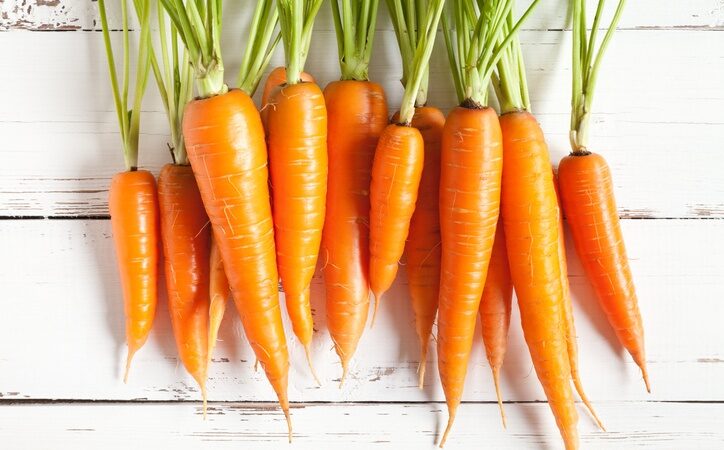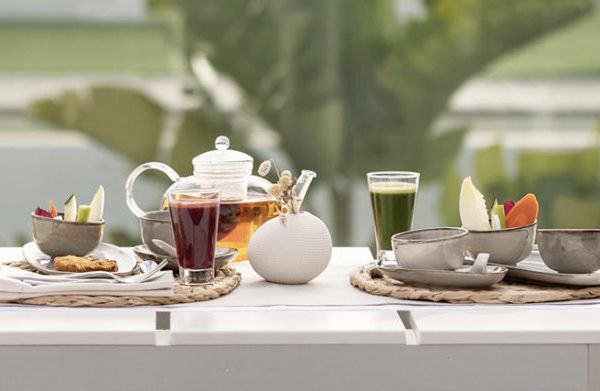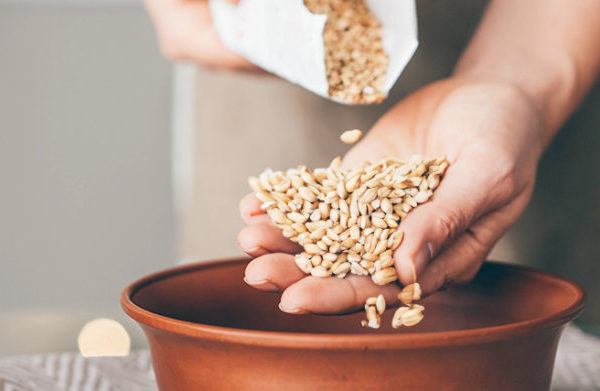
SHA Magazine Healthy Nutrition
Nutrition Under the Magnifying Glass – Parte II
Most people don’t know which foods are good or bad for their bodies, and those who have the proper information still face the challenge of eating the right way in a market saturated with processed food and indecipherable nutrition labels.
While we are that there is no absolute truth, SHA Magazine addresses some of to the most common questions from our guests below in order to bring some light to the matter.
Eat like an athlete while sitting on the couch. The Paleo Diet
There is a lot of talk now about the Paleo Diet and before that the Atkins Diet and the Blood Type Diet and it won’t be long before the next fashionable diet appears. We have no doubt that the Paleo Diet would be ideal diet for the Paleolithic. But we must recognise that modern lifestyles are absolutely different, as are modern tastes. Our levels of physical activity have decreased dramatically. Hunter-gatherers had to perform physical activity to earn every morsel. Before you could cook meat you had to collect wood and start fire. Now all you need is an internet connection to purchase or order food at home. If you want to cook it, you can start the fire with the push of a button.
So much for the hunter’s lifestyle. What about the prey? Their lifestyle was also different. They were wild animals that fed on wild plants an other wild animals. For Paleolithic people, eating a large chunk of a plant or animal was rare. The Paleolithic diet consisted for the most part of berries, tubers, roots, seeds, barks, fruits and small rodents and insects.
The part of the Paleo Diet that calls for eating organic free-range meat is not compatible with the planet. Breeding animals for human consumption is unsustainable because it is very resource-intensive. It requires 10 vegetable calories to get just one calorie from cattle. You need 20 times more water to produce a kilo of beef than you do to produce a kilo of cereals. And those are stable animals. If everyone were to eat organic free-range beef, we’d need several planets’ worth of resources.
The Soylent Solution
If you decide to eat the same thing every day it’s posible that you will lose the joy of eating and feel that your meals and life are monotonous. It is also difficult since the local food grown in many places changes every season.
Freezing, Cooking or not at all?
When we consume frozen vegetables, it is usually because they came from far away and are unlikely to be the most suitable for the climate zone where we are. Most vitamin K is destroyed by freezing. We need it for blood coagulation, binding calcium in our bones, preventing internal bleeding and to prevent certain diseases. In cases of colder climates where eating fresh vegetables is not posible, it is best to return to using fermented foods, as was traditional before modern methods of conservation, or even sealing food in jars. Saeuerkraut, in addition to the benefits already mentioned, is a good source of vitamin K, among other things.
Cooking for your food does not make it less healthy. One the one hand, it depends on the type of food, since some, such as certain vegetables or grains must be cooked or they would be indigestible. There are also nutrients that are only accesible, or more so, if the food they’re in has been cooked. For example, this is the case of beta carotene in carrots. There are people who should minimise or not eat raw food an others who should eat more – it depends on their personal health. This is an assessment that should be made by an accredited nutrition expert.
To be continued…





